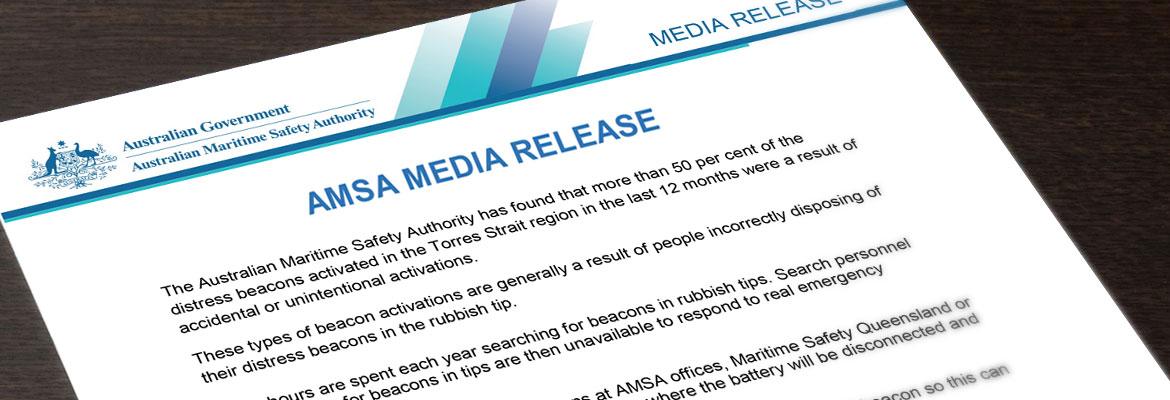
An aircraft is assigned to home in on the beacon and the observers on board are tasked to locate a person in distress.
That’s the simulated scenario which three of AMSA’s Search and Rescue Officers will experience on Friday, 6 September as part of this year’s Search and Rescue Mission Coordinator (SMC) Course.
The annual training course is run by AMSA’s National Search and Rescue School, which trains personnel to staff RCC Australia. The role of the SMC is to oversee search and rescue missions.
The 12 week course started last week and includes theory, practical exercises and on the job training to prepare students to coordinate RCC Australia’s response to search and rescue incidents.
RCC Australia operates 24 hours a day and in the 2012/13 financial year coordinated 7,477 incidents and 546 searches that rescued 8,978 people. These included search and rescues for bushwalkers, seafarers or aircraft.
AMSA Chief Executive Officer Graham Peachey said as part of the course, the three Search and Rescue Officers would be familiarised with spotting a person in the water from an aircraft at 1500, 1000 and 500 feet.
“Sydney Water Police will play a role in the exercise by activating a training distress beacon and one of their divers will be the search target,” Mr Peachey said.
“This exercise will show the students first hand the difficulties associated with spotting a person or object in the water from the air.
“Many search and rescue incidents require observers on board a tasked aircraft to spot a person, liferaft or debris from the air. This exercise gives the students practical experience that will assist them in their duties within RCC Australia,” Mr Peachey said.
Other components of the course include in classroom lessons and search and rescue exercises to simulate real life incidents.